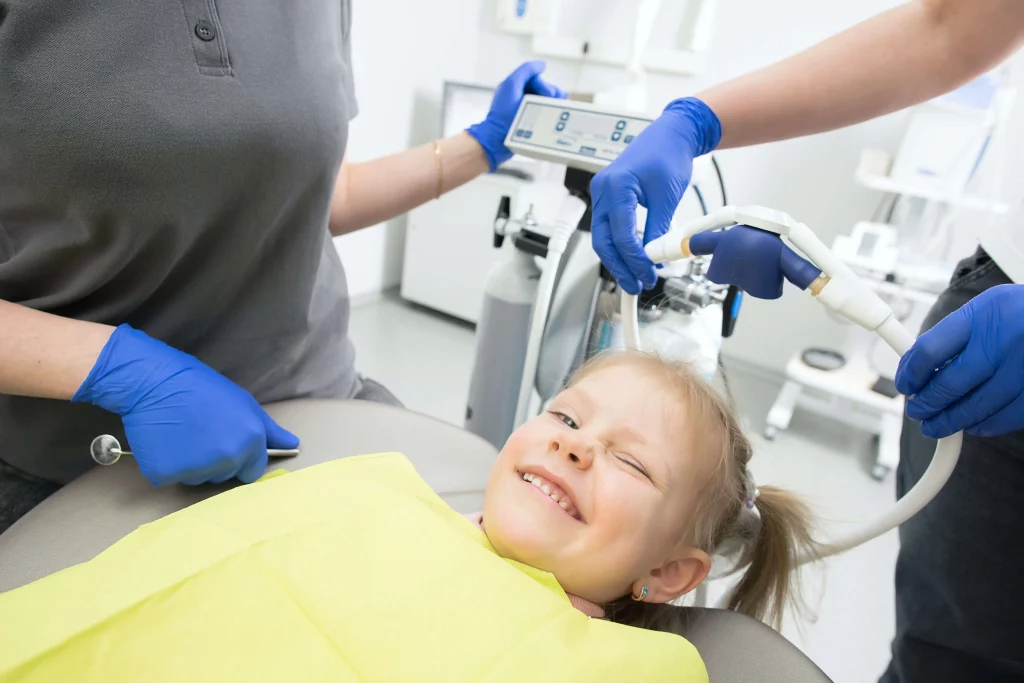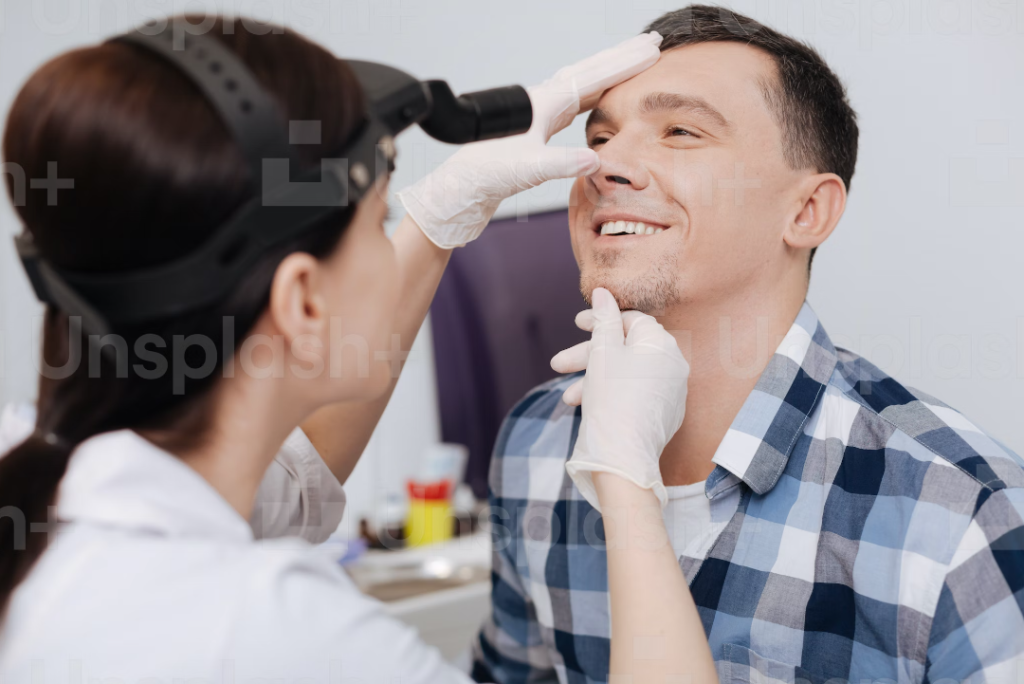NONE INVASIVE DENTISTRY
FOR KIDS
Non-Invasive Dentistry for Kids
For kids, all dental procedures should be addressed as a wonderful experience to help them comprehend the importance of good oral health. Pediatric dentists who have expertise in child psychology are trained to help you with dental.
Sealants
Since molars and premolars have groovy surfaces that are difficult to clean with tooth brushing, dentists apply sealants as a preventative measure.
Applications of Fluoride
Due to oral and nutritional habits, there is continual demineralization and remineralization; but when there is an imbalance, tooth decay occurs. Fluoride treatment is an office-based technique that helps prevent tooth decay.
Bruxism
Today, both children and adults are affected by bruxism, which is often known as jaw clenching. Since children’s chins and faces are still growing, night growths or splints used to treat bruxism in adults cannot be given to kids
FOR ADULTS
Non-Invasive Dentistry in Adults –What You Should Know
Minimally invasive and non-invasive techniques in dentistry have slowly started to take over the field. These techniques are important for various reasons. Firstly, noninvasive dentistry helps us to be able to perform treatment while preserving as much natural tooth structure as possible. No synthetic or artificial material can perfectly replicate the structure of a tooth which is why it is integral to preserve the natural structure. Secondly, noninvasive dentistry also helps to ease dental anxiety to a great extent. Dental anxiety is caused by drills, probes, syringes and other ‘scary’ looking instruments which can cause the patient to be anxious during or before their appointment. If these tools are minimized or eliminated, patients will have an easier time seeking treatment.
Early caries is detected with the help of electronic monitors and fluorescent lights. These instruments are used on prepared and dried teeth and help to identify any carious lesions that have begun to form. Furthermore, saliva detection techniques are also used which help to identify the bacterial concentration, pH, viscosity and other risk factors. Plaque gel is also slowly gaining popularity. It is used to detect the pH level of the plaque accumulating on the teeth. Once a carious lesion is detected, gels are applied to prevent further demineralization of the teeth and to kill any bacteria that have invaded the region. Further chemicals are applied to the teeth to encourage rapid remineralization. Remineralization refers to the natural healing of a carious lesion. Ozone therapy is also a minimally invasive technique. It helps with the prevention of caries, remineralization of the tooth structure, desensitization of sensitive teeth and bleaching of discolored teeth.
So far, non-invasive techniques of dentistry have a lot to do with the prevention and early detection of carious lesions and other issues. So, if a patient visit’s the dentist after the carious lesion has progressed greatly and is rampant then non-invasive techniques will not be able to do much for them. Therefore, it is important to spread awareness regarding preventative techniques and educate people about the utility of these techniques. Even then traditional dentistry will not go away entirely, but noninvasive techniques will hopefully be the more common future of dentistry as we know it.





